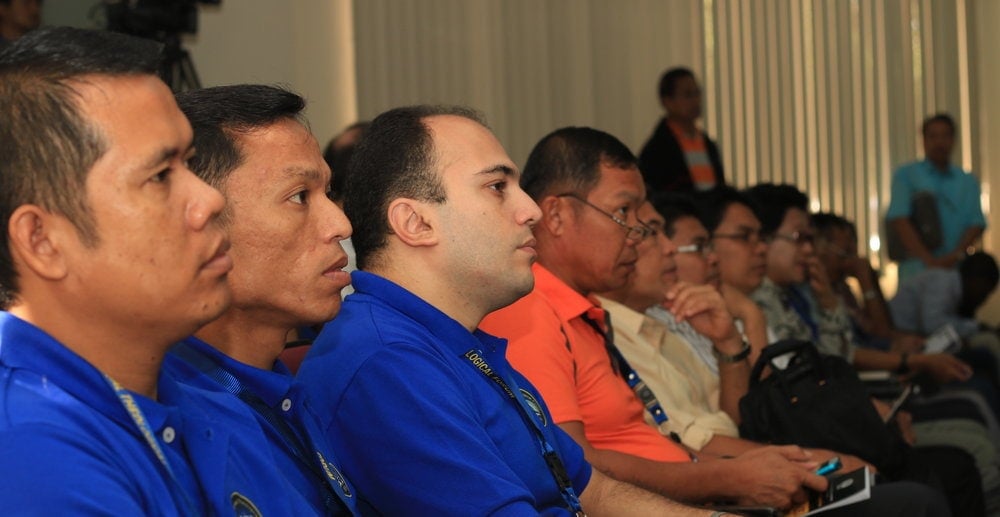
Asia poses a challenge to the Seventh-day Adventist Church with massive groups of unreached people and a distinctive worldview that makes it difficult to retain newly baptized members, Adventist leaders and scholars said.
The unreached cities of Asia serve as a wake-up call for Adventists to engage in sacrificial service and seek creative ways to relate Adventist truths within new cultural contexts, they said.
The church’s Southern Asia-Pacific Division, which comprises 14 countries, is an example of the difficulty of fulfilling the biblical mandate to share Jesus with “every nation, kindred, tongue, and people.” The division has 1.2 million church members living within a total population of about 1 billion, but most of the members—856,000—are in the Philippines.
“We praise God for the progress made so far, but we still have a great deal of work to do to reach all language groups,” E. Douglas Venn, director of Adventist Mission for the division, told 200 attendees at a recent annual seminary forum at the Adventist International Institute of Advanced Studies, or AIIAS.
Underscoring the point, Venn noted that the Adventist message has only reached 15 percent of the 7,106 language groups within the division’s 14 countries.The division stretches from Pakistan in the west to the Philippines in the east and includes Myanmar, Cambodia, Laos, Indonesia, and Singapore.
Perhaps the greatest challenge facing the Adventist Church in Asia pertains to church growth and discipleship, said many of the 21 presenters at the forum, titled “Asian Faces of Adventist Mission” and held on the AIIAS campus in the Philippines from October 30 to November 1.
Presenters noted what missiologists describe as the “middle zone,” or the recognition of the world of the supernatural. This creates a natural openness to spiritual realities, but Asians are also generally encouraged to experiment with other religions, especially in a bid to raise socio-economic status. This makes it extremely easy to baptize new believers, but also means that long-term growth can only be sustained through an emphasis on discipleship and long-term retention.
“What many people do not realize is that Asians have a distinctive world view that is different from the West,” said Oleg Zhigankov, conference co-organizer and AIIAS associate professor.
Bruce L. Bauer, professor of mission at Andrews University, said creative methods were needed to share Jesus in Asia, where Christianity could be described as a local religion because biblical events from the wanderings of Abraham to the birth of Jesus occurred on the continent.
Bauer also said the Asian experience could provide a fuller voice to the Adventist Church’s outreach efforts.
“Isn’t it interesting that the issues that get dealt with in the Seventh-day Adventist Church are from a Western context,” he said. “Issues facing the majority world are neglected. We need African and Asian voices so that your issues are put on the agenda.”
Michael W. Campbell is an assistant professor at Adventist International Institute of Advanced Studies in Silang, Cavite, Philippines. His area of specialty is Adventist Studies.